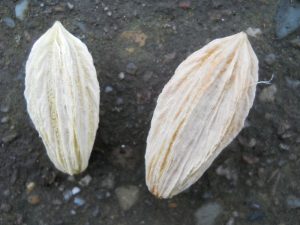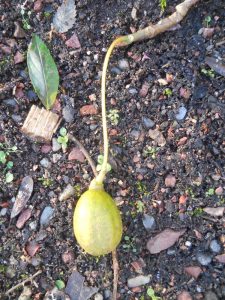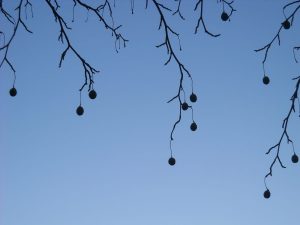The year opened with snow on the ground and saw a continuation of the longest unbroken freezing spell for several decades. The snow just continued to fall, blowing in on north easterly winds. When it turned milder the rain came and soil became waterlogged. The spring bulbs were late in flowering but as usually the wait was worth it and the display rewarded us.
First of March arrived to settled weather and bright sun but still an overnight frost. The month ended with overnight snow during the night of 30th March. Edinburgh became an island where all around roads were blocked and landslips closed the east coast rail route.
Late April saw the start of a highly floriferous blossom season. This combined with a long spell of settled dry weather really breathed life into the Garden with increasing visitors. The dry spring continued through June and into July prolonged the profusion of flowers in the Garden. Midsummer was magnificent, with the Gardens late opening appreciated by many.
At the end of June Aesculus californica produced long flower candles with a slight scent. It must have enjoyed the cold winter and dry spring. Collected as seed in 1991 these plants flowered for the first time in 2009, but that year, with a much reduced panicle size.
August monsoons swept through. Though there was a spell towards the latter half of the month when the front lawns showed signs of drought.
September gave a prolific crop of Mulberries, both the black Morus nigra, which were delicious and the smaller white, Morus alba, slightly bitter to the taste. 2010 was a prolific fruiting year in general.
First frost on the morning of Wednesday 20th October. Then a wet spell preceded the deep cold that arrived on the lead up to St Andrews day. The 200mm soil thermometer progressively recorded a lowering of the soil temperature as the frost got deeper into the ground.
The autumn colour was a little sporadic this year; many trees lost their leaves before developing full colour. This was noticeable in the Fraxinus and Sorbus species. A good spell of settled weather during the last weekend of October and the start of November made the colours much more appreciated.
The Davidia involucrata was laden with rounded seeds the size of golf balls. Hanging from long stalks at the tips of this season’s wood. These became visually evident from late November once leaf fall progressed. It was the first time I had noticed such prolific seed production on one of our trees.
As the year started with snow, so it ended. Snow covered all of the country in early December and this combined with freezing temperatures and fresh snowfall prolonged the covering, although sporadic, to the end of the month.
Best wishes for the New Year and may the deep cold and severe weather we have experienced lead to planting opportunities in 2011.



